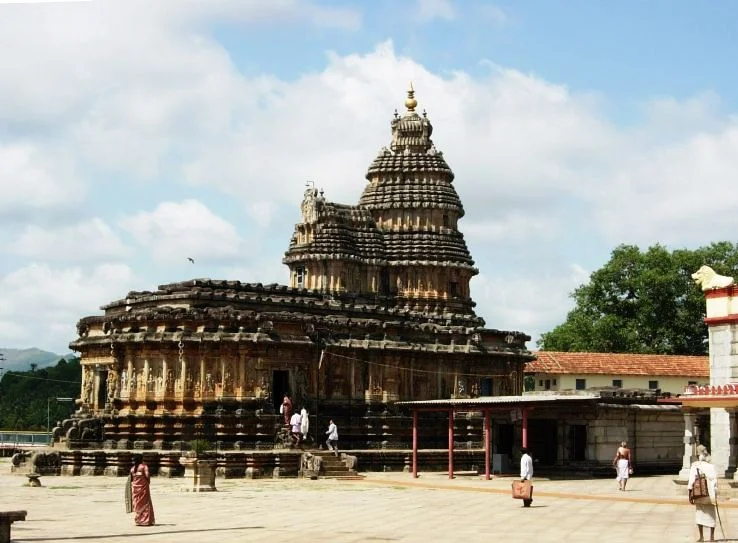
Katihar became a fully-fledged district when it split from Purnia in 1973. Previously, the Katihar district was dominated by the Choudhary family, the largest landlords of the Koshi zone. The founder of the Choudhary family was Khan Bahadur Mohammad Baksh, who owns land of about 15,000 hectares in Katihar district and 8,500 hectares in Purnea. Katihar is a historical place and set in Indian history. It is said that the Hindu lord Shri Krishna came here and lost mani here in Manihari (a religious site in Katihar district). Katihar was part of Purnia district and the latter was founded around 1813 together with Malda district. Under Mughal rule, the district was made up of Sarkar Tajpur, east of the Mahananda, and Sarkar Purnia, west of the river. The province of Bihar came under Muslim rule after Bakhtiyar Khilji conquered the city of Bihar and the then capital Bihar towards the end of the 12th century. His successor Ghiasuddin Iwaz expanded the boundaries of the territory to almost all of Bihar. Katihar must also have come under Mohammedan rule in the early 13th century. The district came into the hands of the British in 1770 when Mohammad Ali Khan was the governor of Purnia. Ducarrel, the first English Supervisor or Collector of the District, replaced him. In 1872, the district was transferred from the control of the supervisory board of Bihar and Banaras to the Calcutta Board of Revenue. The early years of British rule were largely aimed at establishing law and order and establishing the tax administration on a sound basis. Anga and Magadh Kings ruled the Katihar in the time of Mahajanpada. Raja Birat from Morang also visited the place. With the advent of Muslim rule in North India, Ikhtiyar-ud-din Bakhtiyar Khilazi subjugated this area and subsequently remained under indirect Mughal rule.
In English rule, Katihar came under the rule of Zamindars, Nawab who were Indian and helped the English to rule over peasants, working classes, etc. Before Bengal was divided, Katihar belonged to Bengal. But when the partition divided Bengal into Bihar, Bengal and Orrisa, the present-day Katihar district fell under Bihar. British rule was challenged in India and Katihar was at the forefront of the agitation. With the independence of India, the people of Katihar along with all Indians breathed free. Katihar was a sub-division of Purnea district, but on October 2, 1973, Katihar acquired the status of an independent district. It has a rich heritage and a close relationship with the old quarter of Purnia. The district takes its name from the capital of the same name which probably takes its name from a small village in the northeast called Dighi-Katihar where a large tank (dighi) was excavated for the troops, when the soldiers of the Nawab of Purnea fought with the troops from Nawab from Murshidabad.

